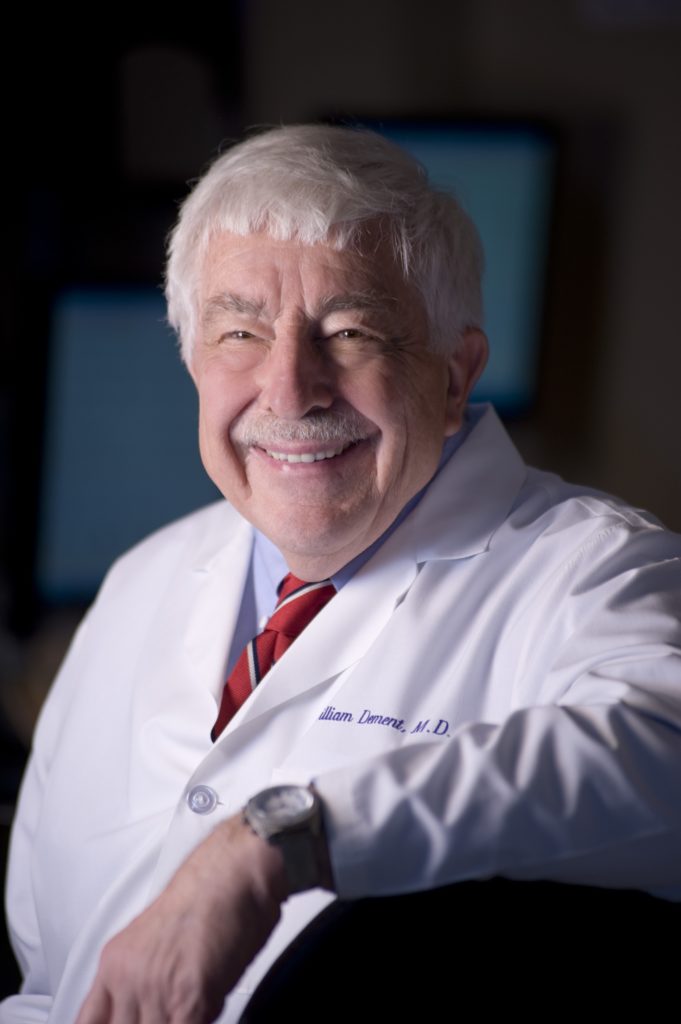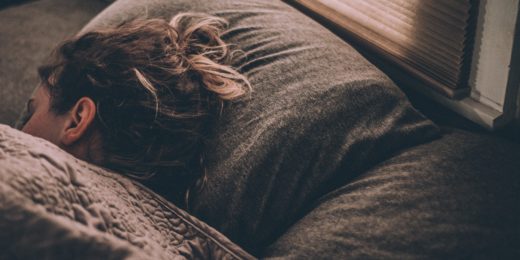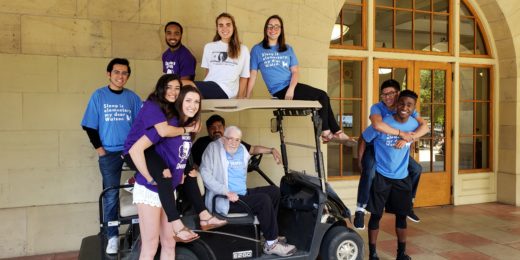When he was an undergraduate at Stanford University in the early 1990s, Jonathan Horowitz took a class called Sleep and Dreams taught by the late William Dement, MD. The course, which lays out the case for a good night's sleep, transformed him into an advocate for dream time.
"I recall Dr. Dement discussing the importance of sleep in cognitive function and physical well-being," said Horowitz, who is now a managing director at JP Morgan. "I also recall his discussion of 'lucid dreaming,' the practice of realizing you are dreaming during the dream, and then controlling that dream. I was never able to achieve this state of consciousness, but I did try."
When his daughter enrolled at Stanford, he suggested she take the course.
"The class had much more of an effect on his life than he thought it would," said Hailey Horowitz, a sophomore at Stanford who's currently enrolled in the class. "My parents go to bed at 9 every night. They always encouraged me and my sisters to go to bed early."
Convincing students to catch more Z's -- and to urge others to do the same -- was a source of great pride for Dement, according to Rafael Pelayo, MD, a sleep medicine physician who now teaches the course.
"This was the guy who coined the phrase 'REM sleep,' but his family said he was proudest of the Sleep and Dreams course," Pelayo told me.
Sleep pioneer
Dement passed away at 91 last June. Known as the father of sleep medicine, he began teaching
Sleep and Dreams in 1971. The course covers the physiology of sleep, sleep disorders, dreams and other snooze-related topics. Students keep sleep journals in which they record their dreams, and are required to give a presentation to a group outside the class about the importance of shut-eye.

Dement viewed the course as a life-saver because it taught young people about the dangers of drowsiness, especially while driving.
But he also made it fun. During class, students were allowed to nap in a special sleeping section. If he caught them dozing elsewhere, he'd zap them with a squirt gun, at which point they were required to stand up and state "Drowsiness is red alert."
Dement retired in 2003, but continued teaching the course. In 2010, he asked Pelayo to help out, and over the next several years he eased out of teaching while Pelayo took on more duties for the class.
The curriculum and the traditions remained. Even after he no longer taught, Dement always attended the course; one day, as Dement drifted asleep in the back of the room, Pelayo squirted him with the water gun.
"He thought that was pretty funny," Pelayo said.
A new name
The first day of class without Dement took place on Jan. 11. Dement's daughter Catherine Roos made an appearance via Zoom, relating anecdotes about her father. "He was really a character on campus," she said, showing a cable knit sweater he always wore and describing the golf cart he tootled around campus in.
In honor of his friend, Pelayo renamed the course Dement's Sleep and Dreams. "The spirit of the course remains the same," Pelayo said. "That's what I wanted to convey by changing the title."
A number of students have told Pelayo that their parents or grandparents took the Sleep and Dreams class. Hailey Horowitz said her dad's experience with the course -- along with a presentation she attended her freshman year -- convinced her to enroll.
"It's one of those classes that's pertinent to any career path," she said. "Whatever field you're in, you learn how to work effectively and how to sleep effectively."
Photo of Hailey and Jonathan Horowitz settling in for a nap by Suzy Wolden; Photo of Dement by Steve Fisch






